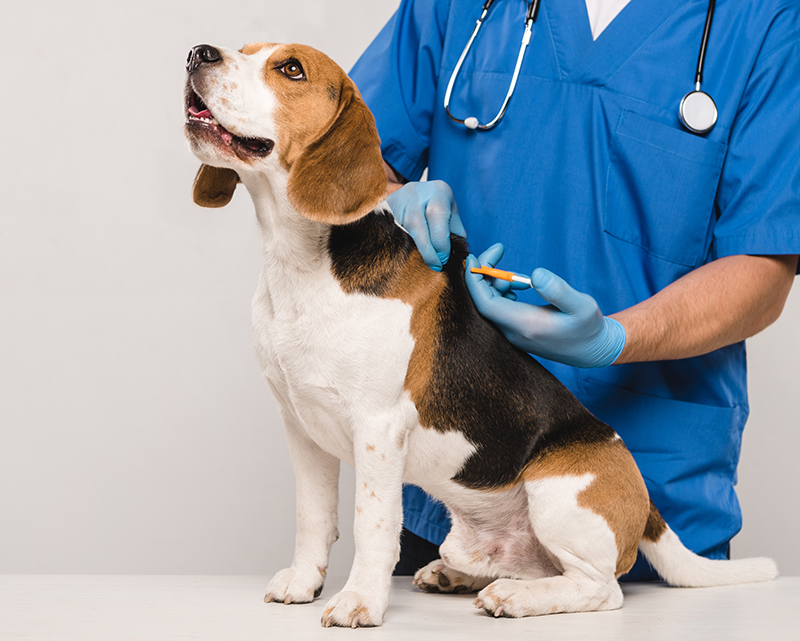
Microchipping 101
June is National Microchipping Month
We all hope that we never have to live through a day wondering where our four legged best friends are, and we all think “that could never happen to me.” The truth is that it could happen to any of us. Even though we hate the thought, it’s important to take that extra precaution to make sure we can identify our pets, and have a way for someone to contact us if they ever were to go missing.
How does it work?
Microchipping your pet is similar to giving them a vaccine. The pain level is typically about the same, sometimes even nonexistent depending on your pet. The microchip, which is about the size of a grain of rice, is inserted between your animal’s shoulder blades, right under their skin. Microchips store code that can be read by scanners, and if the microchip registry has the owner’s accurate information they can be contacted immediately.
Maintain your microchips
Once you get your pet microchipped, you need to make sure the microchip is registered. You should have your veterinarian scan your pet’s microchip at least once every year to make sure it is working correctly and can be detected. Finally, you should make sure that you are keeping your registration information up to date, so that you can be contacted. This means if your phone number, address, or any information has changed, make sure you update this in the microchip registry as soon as possible.



